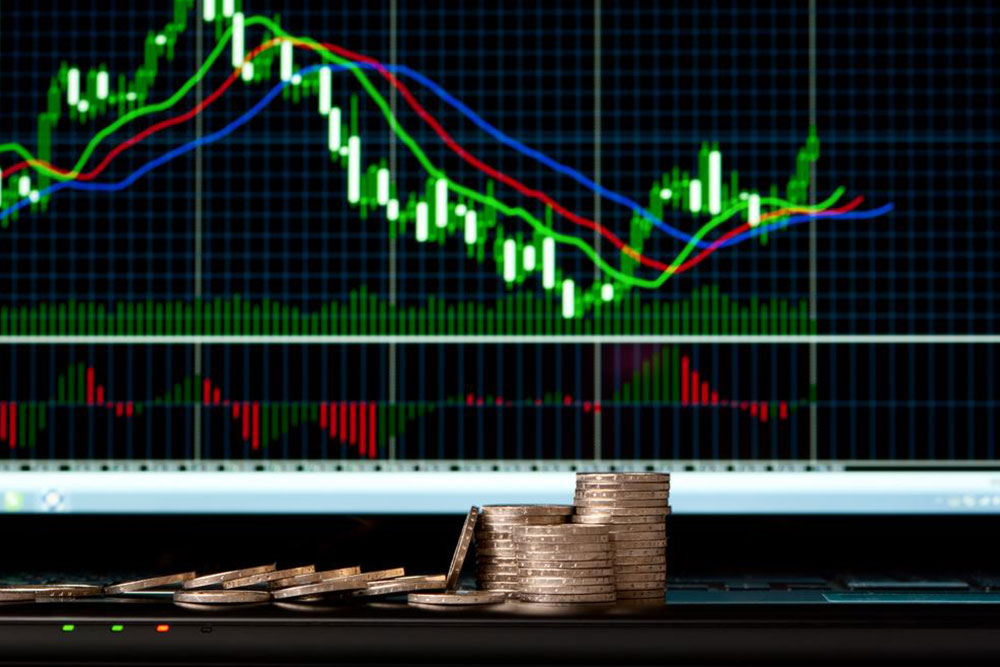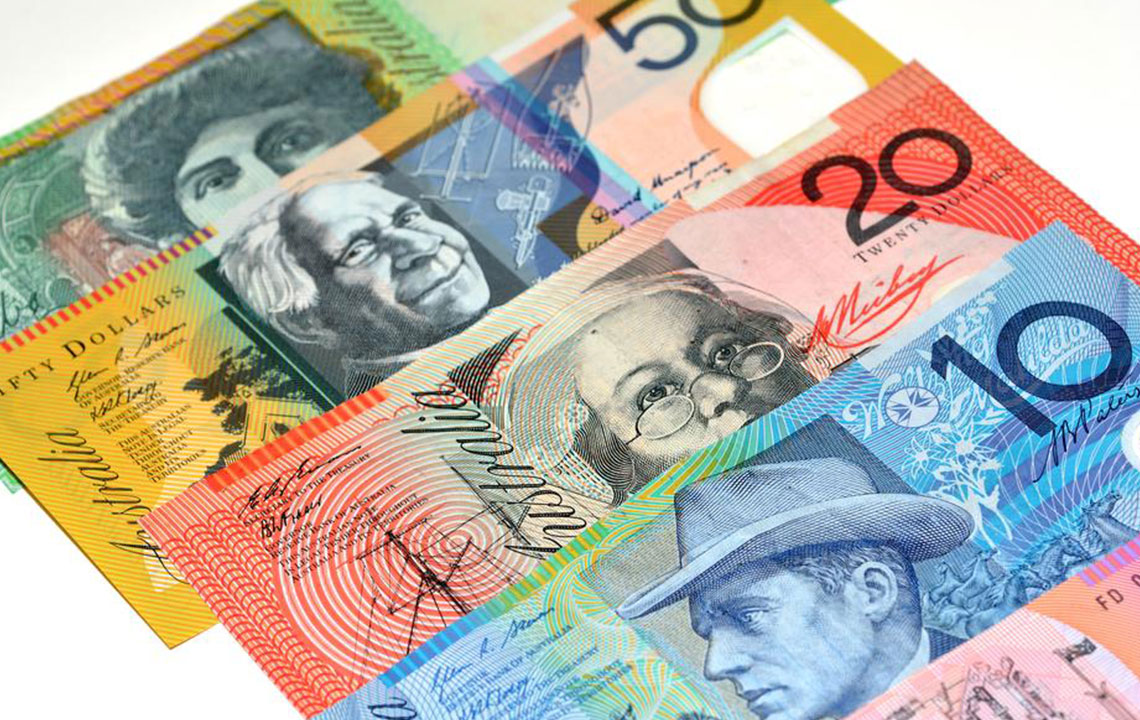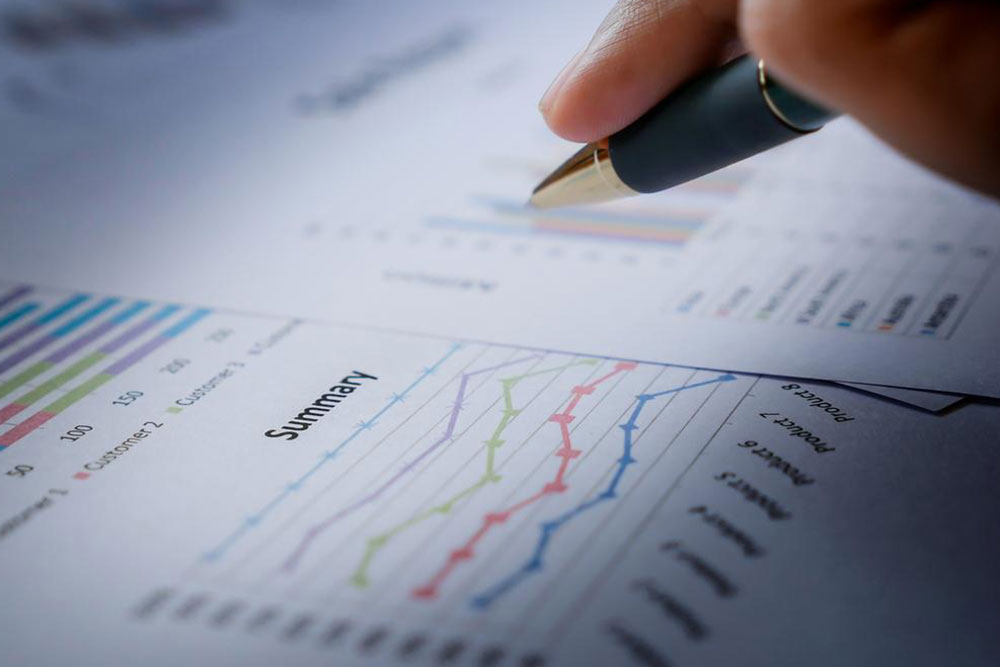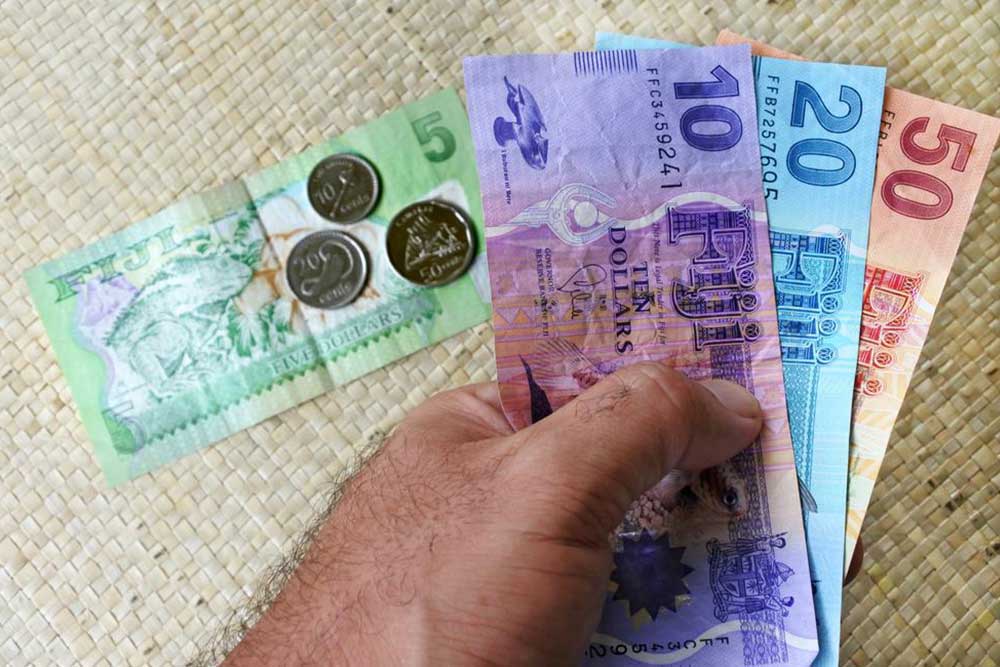Comprehensive Beginner’s Guide to Forex Trading: Everything You Need to Know
This comprehensive guide provides essential insights for beginners interested in Forex trading. Covering key terminology, trading mechanics, strategies, and risk management techniques, it aims to help new traders navigate the complex currency markets confidently. Learn how to start with demo accounts, develop a trading plan, and stay updated on market movements to maximize your chances of success. Whether you seek to supplement your income or understand global financial markets better, this article offers valuable guidance for entering the Forex world with confidence and skill.

Introduction to Forex Trading
Foreign exchange trading, commonly known as Forex or FX trading, is the global marketplace where currencies are bought and sold against each other. It is one of the most liquid markets worldwide, operating 24 hours a day, five days a week, and offering endless opportunities for traders. Whether you're interested in earning additional income or seeking to hedge currency risk, understanding the fundamentals of Forex trading is essential.
For beginners, entering the Forex market might seem intimidating at first. However, with proper knowledge and strategic planning, you can start trading confidently. Retail traders can choose from different types of trading accounts, such as standard, micro, and mini accounts, depending on their initial investment capacity. Most beginners prefer micro accounts due to their low minimum deposits, which allow for practical learning without risking large sums.
If you have some experience with online stock trading or investing in other financial instruments, you'll find Forex trading to be quite accessible. The key differences lie in the trading mechanics, leverage, and market hours, but the core principles of technical and fundamental analysis remain consistent across all markets.
Essential Forex Terminology Every Trader Should Know
Base Currency
The base currency is the first currency listed in a currency pair. It represents the primary currency that you are buying or selling. For instance, in the currency pair EUR/USD, the euro (EUR) is the base currency. When you buy this pair, you are buying euros and selling US dollars.
Quote Currency
The quote or counter currency is the second currency in the pair. It indicates how much of this currency you need to buy one unit of the base currency. Using the previous example, USD in EUR/USD is the quote currency. If the price of EUR/USD is 1.1500, it means 1 euro is equivalent to 1.15 US dollars.
Cross Currency Pairs
Cross currency pairs are forex pairs that do not involve the US dollar. They allow traders to directly exchange one currency for another without converting through the US dollar. Examples include EUR/JPY, GBP/AUD, and USD/JPY. Trading cross pairs requires an understanding of these currencies' relationships and market factors affecting them.
Understanding Price Quotes and Spreads
Forex prices are typically quoted with bid and ask prices. The bid price is the highest price a buyer is willing to pay, while the ask price is the lowest price a seller is willing to accept. The difference between these two prices is called the spread, which is a key source of profit for brokers. Unlike stock trading, Forex trading often does not involve commissions; instead, profits are generated from these spreads.
Trading Mechanics and Strategies
Trading in the Forex market involves buying or selling currency pairs based on your prediction of future exchange rate movements. Trades are executed in standard lots of 100,000 units, mini lots of 10,000 units, or micro lots of 1,000 units, depending on your account type. Smaller lot sizes are ideal for beginners to mitigate risk and learn the nuances of trading.
Leverage allows traders to control larger positions with a relatively small amount of capital. While leverage can amplify gains, it also increases potential losses, so responsible leverage usage is critical. Risk management tools such as stop-loss and take-profit orders help traders preserve capital and maximize profits.
The core to successful Forex trading is continuous research and analysis. Technical analysis involves studying charts and price patterns to identify potential entry and exit points. Fundamental analysis looks at economic indicators, geopolitical events, and monetary policies that influence currency prices.
Monitoring Market Movements and Making Profits
Profitability in Forex trading hinges on accurately predicting currency movements. If you believe a currency will strengthen, you buy the pair; if you anticipate it will weaken, you sell. The actual profit or loss depends on how accurately your predictions match the market movements.
Keeping a close eye on news releases, economic reports, and geopolitical developments is crucial because these factors can cause rapid fluctuations in currency prices. Successful traders develop strategies based on both technical signals and fundamental insights, enabling them to adapt quickly to changing market conditions.
Getting Started and Developing a Trading Plan
If you're new to Forex trading, the best approach is to start with a demo account. This allows you to practice trading with virtual money, gaining familiarity with trading platforms and testing strategies without risking your capital. Once comfortable, you can transition to a live account with real money, starting small and gradually increasing your exposure as you build confidence and experience.
Developing a detailed trading plan is vital. Your plan should include your risk tolerance, preferred currency pairs, trading hours, entry and exit criteria, and money management rules. Discipline in following your plan significantly improves your chances of success over time.
Continual learning is key to becoming a proficient Forex trader. Participate in webinars, read books, follow market news, and join trading communities to stay updated and refine your skills. Patience and perseverance are essential qualities for navigating the ups and downs of the Forex market.
Conclusion: Embark on Your Forex Trading Journey
Forex trading presents exciting opportunities for those willing to invest time in learning and practicing. Though it involves risks, proper education and strategic planning can lead to profitable outcomes. Remember, success in Forex isn't guaranteed overnight; it requires dedication, continuous learning, and disciplined risk management. Use demo accounts to build your skills, create a solid trading plan, and stay informed about market developments. With persistence, you can become a confident Forex trader and leverage the global currency markets to your advantage.





